
Acute Food Insecurity Spreads Across Africa: 2021 Global Report on Food Crises
The number of people around the world facing severe food insecurity skyrocketed by 20 million in 2020, according to the 2021 Global Report on Food Crises, released earlier this month. Acute food insecurity now affects at least 155 million people across 55 countries/territories, with some regions facing famine-level hunger.
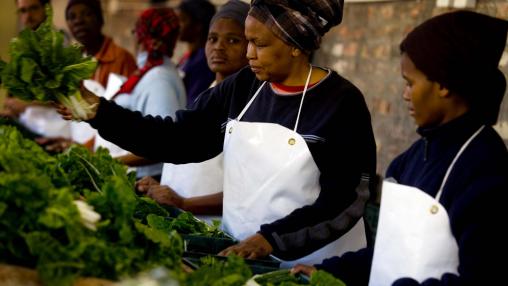
2020 State of Food Security and Nutrition Report
Hunger continues to be on the rise in Africa south of the Sahara, according to the 2020 State of Food Security and Nutrition in the World (SOFI) Report , released in mid-July.
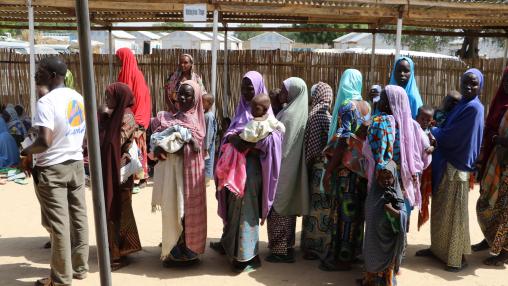
Poor Diets Driving Malnutrition in Nigeria
In recent decades, the amount of calories available to the average Nigerian on a daily basis has increased significantly. Despite this progress, however, the country continues to battle high levels of malnutrition of varying types. According to a recent research brief , a lack of dietary diversity and dietary quality may be to blame.
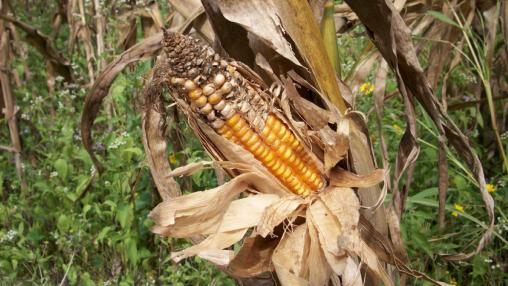
Aflatoxin and Child Stunting
This post originally appeared on IFPRI.org.
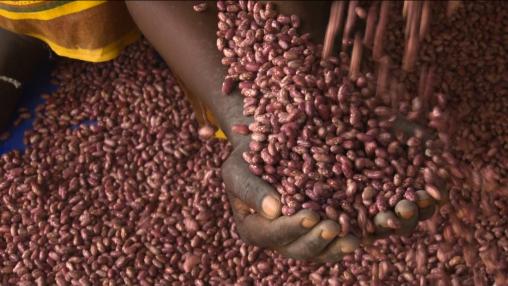
Value chains for improved nutrition
Populations around the world continue to struggle with malnutrition – both undernourishment and overweight/obesity – and climate change may exacerbate the problem. In addition to reducing overall agricultural yields, higher temperatures and erratic precipitation could increase spoilage of nutritious and perishable foods like fruits and vegetables. Climate change could even make foods themselves less nutritious; increased CO2 levels can reduce the protein content of certain crops, such as soybeans and grains.
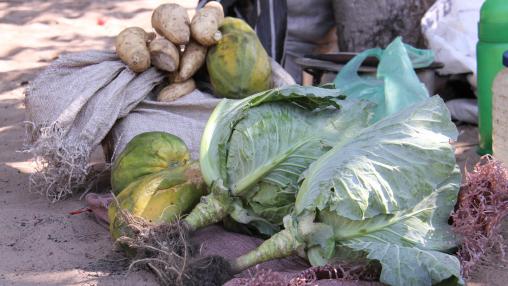
Zambia National Food and Nutrition Summit
Forty percent of children under the age of five in Zambia suffer from stunting. To address this worrying trend, policymakers have placed food and nutrition security at the forefront of national priorities. At a recent National Food and Nutrition Summit held in Lusaka, stakeholders emphasized the need for a multisectoral approach to end malnutrition and improve food sustainability in the country.
The conference, supported in part by IFPRI’s Food Security Portal, brought together a number of participants from government ministries and agencies and development organizations.
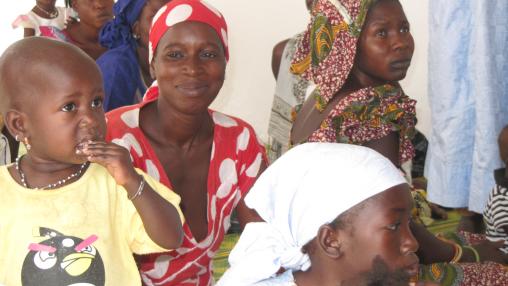
Continuing Challenge of Child Malnutrition
Precision geospatial analysis highlights development gaps – now we need precision solutions
This piece originally appeared on IFPRI.org. By Purnima Menon

African Leaders for Nutrition Initiative
Food security has long been a development goal in Africa south of the Sahara, as well as in other developing regions. However, in recent years, it has become increasingly recognized that basic food security – simply having enough food to eat – is not enough to ensure long-term, sustainable growth and development. Rather, nutrition security – having enough high-quality, nutrient-dense food to eat – is needed to improve health outcomes, drive economic growth, and end hunger in all its forms.
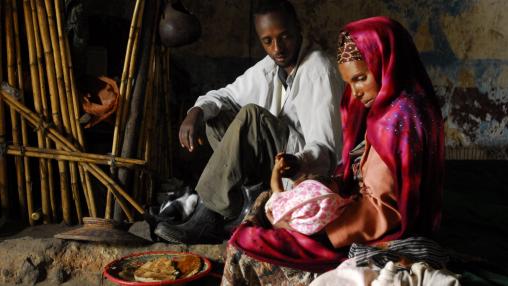
2017 Global Nutrition Report
According to the latest Global Nutrition Report , released in early November, the world remains off-track on meeting nutrition targets, and financing to address malnutrition is not adequate to meet the needs of the problem.
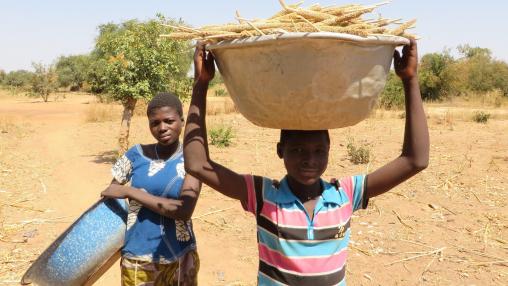
2017 Global Hunger Index Released
Hunger levels in Africa south of the Sahara remain among the highest in the world, according to the latest Global Hunger Index (GHI) , released today by IFPRI, Concern Worldwide, and Welthungerhilfe.